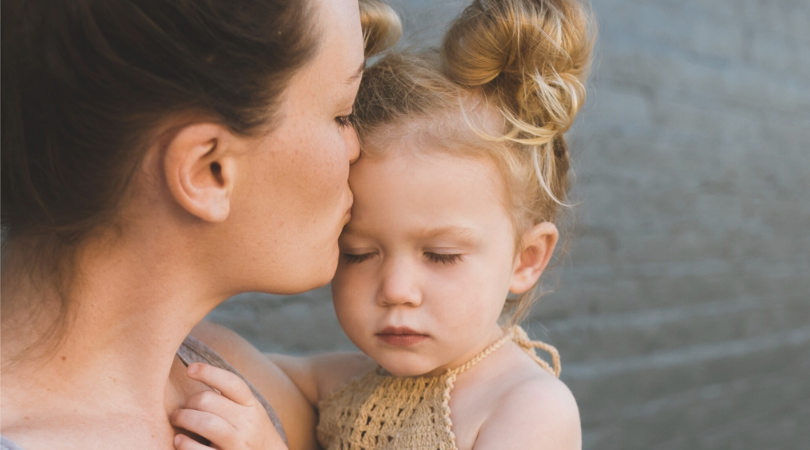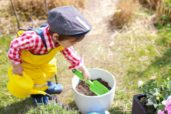What exactly is adaptation?

Simply, it is the process of your child getting used to their new preschool and settling in without their parents. Adaptation is an important step on your child’s educational journey as they enter nursery, preschool, or first school.
Every child’s adaptation is different just as every child is different and it is our job – as teachers and parents – to help them transition as smoothly as possible.
The adaptation I’d like to talk about here is the initial preschool experience which will often be when your child is two or three years old.
When a child is two or three years old, they are in the “toddler” phase where they are quickly developing aspects of their personalities, are full of feelings, and are at a stage where they can speak to you and understand what is being said. This doesn’t mean that they understand what is going on, however, and we must take care to help them understand that mummy and daddy will always come back. How do we do this? Below are some examples that have helped me over the years:
- Explain – in short, this is just talking to your child and letting them know what is going to happen. Don’t just spring “tomorrow you’re going to a new place” on your child. Talk about it together and read books, all to help your child understand that you’ll always come to collect them and hear about their fun day.
- Visit – where possible, take your child along to visit their potential new preschool as well. They are the ones who will be attending preschool after all. This will allow your child to have something tangible to think about when the talk of “preschool” begins. Talk about the different toys, children, and facilities that there are at the preschool, and help your child get excited for this new place.
- Meet teachers – this relatively simple thing can be so helpful to a child’s adaptation as this can help them form positive relationships with their teachers and caregivers. Children like to know that their parents are comfortable and trust the place and people they’re being left with. If your child sees you trusting their teacher, it will be easier for them to do so too.
- Plan a routine – routine is very important for children and making a “preschool routine” for you and them can be very helpful during their adaptation phase. Make sure you’re not rushed in the morning. The night before your little one’s first day, pack their bag with their new slippers, choose a comfort toy to take, and, beforehand, maybe even taking a practice journey in the car/public transport, waving to preschool on the way!
- Take your time – or at least take it at your child’s own pace. Some people will tell you that adaptation needs to be fast so that your child doesn’t associate their school with their parents, and others will tell you that you should stay with your child in their class for X amount of time to ensure their comfort. Neither are wrong, it just depends on you and your child. Try not to have expectations other than that your child will eventually be ready and help them along the way. Your child is an individual and you will not help yourself or them by thinking their adaptation will be the same as another child’s.
- Be ready for your child to cry – most children I have helped adapt to preschool have cried and this is totally normal! As I wrote above, their language and understanding skills are the best they’ve ever been, but they can’t always explain their feelings and thoughts as they don’t understand them themselves! Sometimes children cry for a few minutes, sometimes longer. I am sure, however, that the teachers and caregivers have one hundred tricks up their sleeves to calm your little one down. Teachers comfort, distract, sing, play, and read to your little one and help them see that preschool is a fun and safe place to be.
- Have faith – as a parent, you know your child better than anyone else. You’ve been able to take them on a trip to see their preschool, you’ve met some of their teachers, you’ve made the decision to entrust your child to them, and your feeling ready(ish) for that first day. Now it’s time to have faith and confidence in your decision and allow your little one to take this new step.
Good luck and happy adaptation to both children and parents!


